Rechercher...
Explore Corsica
Corsican Genoese towers: a weekend exploring defensive heritage
 Découvrez les tours génoises, patrimoine défensif de la Corse
Découvrez les tours génoises, patrimoine défensif de la Corse
Day 1: The historic Genoese towers of Cap Corse
Cap Corse had ten towers in 1530 , out of the twenty-three that existed at the time. To strengthen its defence of the island, the Republic of Genoa decided to build 32 more in 1531.
Morning: the Erbalunga tower in Brandu
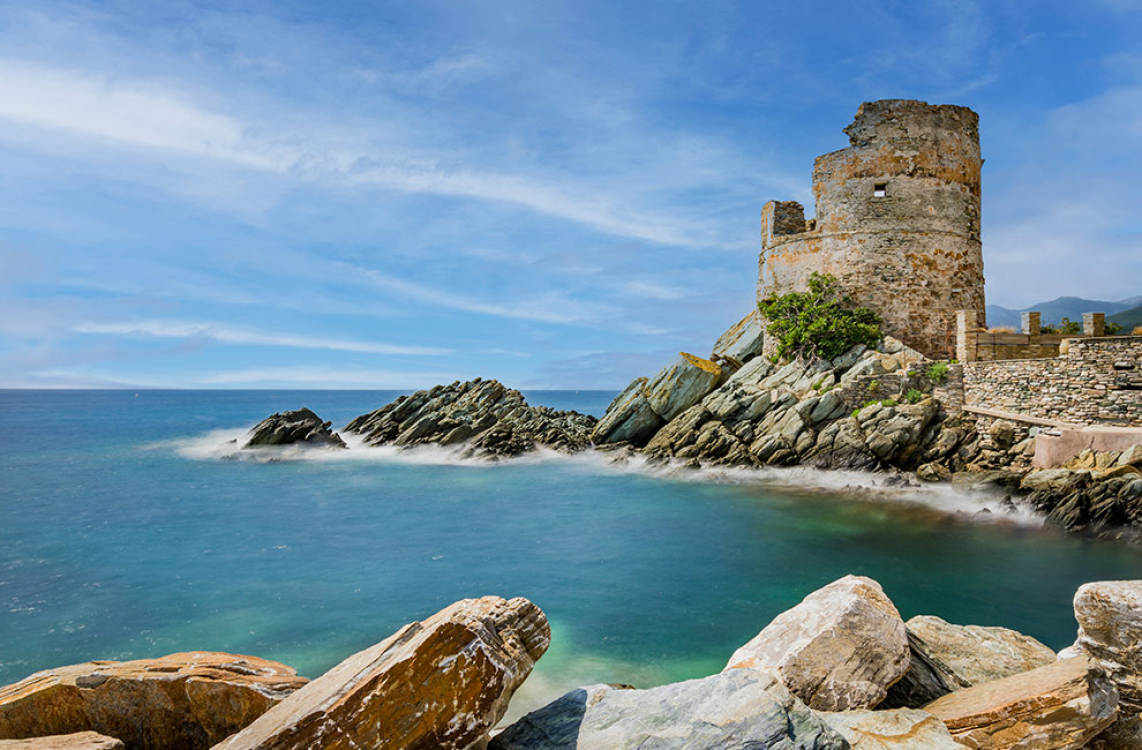 The Erbalunga Tower in Brando
The Erbalunga Tower in Brando
Less than 10 km from Bastia, the Erbalunga Tower dates back to the 15th century. Destroyed by French forces in 1553, then rebuilt after the Treaty of Cateau-Cambrésis, it has had an eventful history. In 1764, Pasquale Paoli's troops seized it. The Genoese tower was assigned to the Department of Bridges and Roads after the French reconquest in 1796. Listed as a Historic Monument since 1927, it has two contrasting sides. Battered by the sea, its eastern walls have collapsed halfway down. Its western façade, however, remains well preserved.
- 8 km north of Bastia, easily accessible by car.
- In a village with pedestrian streets and a small marina, ideal for a family stroll.
What are Genoese towers?
Genoese towers were financed by a tax on salt. Circular in shape to better withstand cannonballs, they had three levels. A cistern in the basement for rainwater, a vaulted living room on the first floor, and a watchtower terrace with machicolations. The torregiani (two to six guards) used smoke signals or the sound of the culombu (sea conch) to alert the villages. The enslavement of 6,000 Corsicans by Algiers in 1560 reveals the importance of this defensive system.
Midday: the tower of Santa Maria di A Chjappella
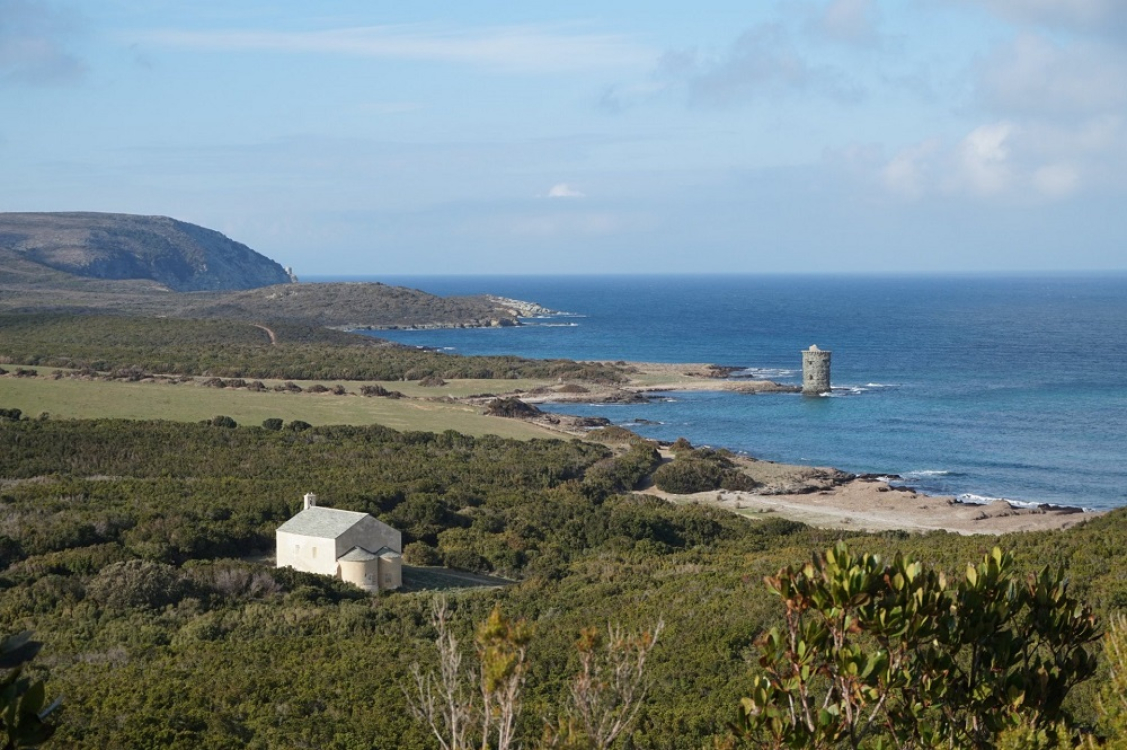 The tower of Santa Maria di A Chjappella
The tower of Santa Maria di A Chjappella
Built in 1549 on rocks jutting out into the sea, the tower of Santa Maria della Chiappella played a major role in trade with the Turks. Its geographical location, at the tip of Cap Corse, made it a strategic point. Partially destroyed in 1793 by an attack from the English fleet led by Admiral Nelson, it still retains its ‘guardiola’ (guardhouse). Listed as a historic monument since 1991, restoration work is planned for 2025.
- Accessible via the customs officers' path, suitable for walkers of all ages.
- A 45-minute walk from Tamarone beach, where you can picnic on the sand.
Afternoon: the Agnellu tower
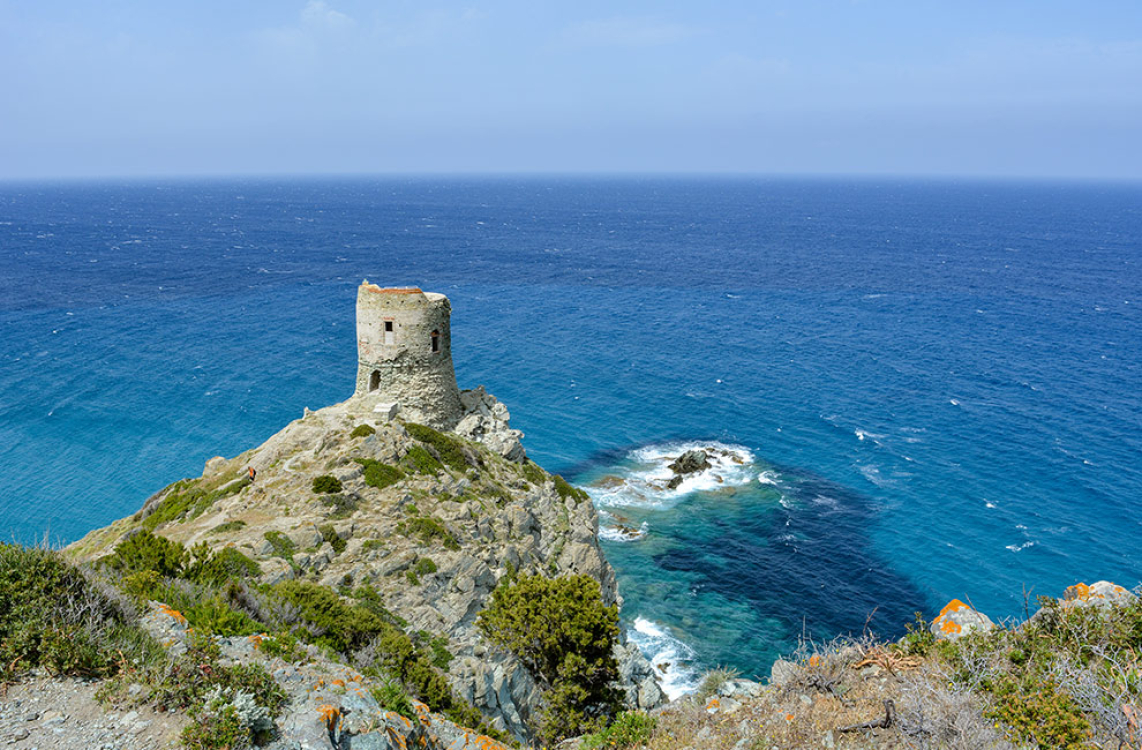 The Agnellu tower
The Agnellu tower
Built in 1562 following an agreement between the Da Mare lords and ten local communities, the Genoese tower of Agnellu dominates Cala beach. Abandoned from 1617 to 1626, it was reused from 1627 to 1724. The garrison consisted of two torregiani (guards) and a garzone (assistant) from the surrounding communities. Like most of the coastal towers, it was managed by the French authorities after 1796, then returned to the Enregistrement et des Domaines (the French government agency responsible for property and land) in 1857.
- An easy 40-minute walk from Barcaghju.
- The terrain is flat, making it perfect for families with young children.
Day 2: The Genoese towers guarding the Gulf of Porto
The western region of Corsica is home to some of the most remarkable towers of the Genoese defensive system.
Morning: Portu Tower
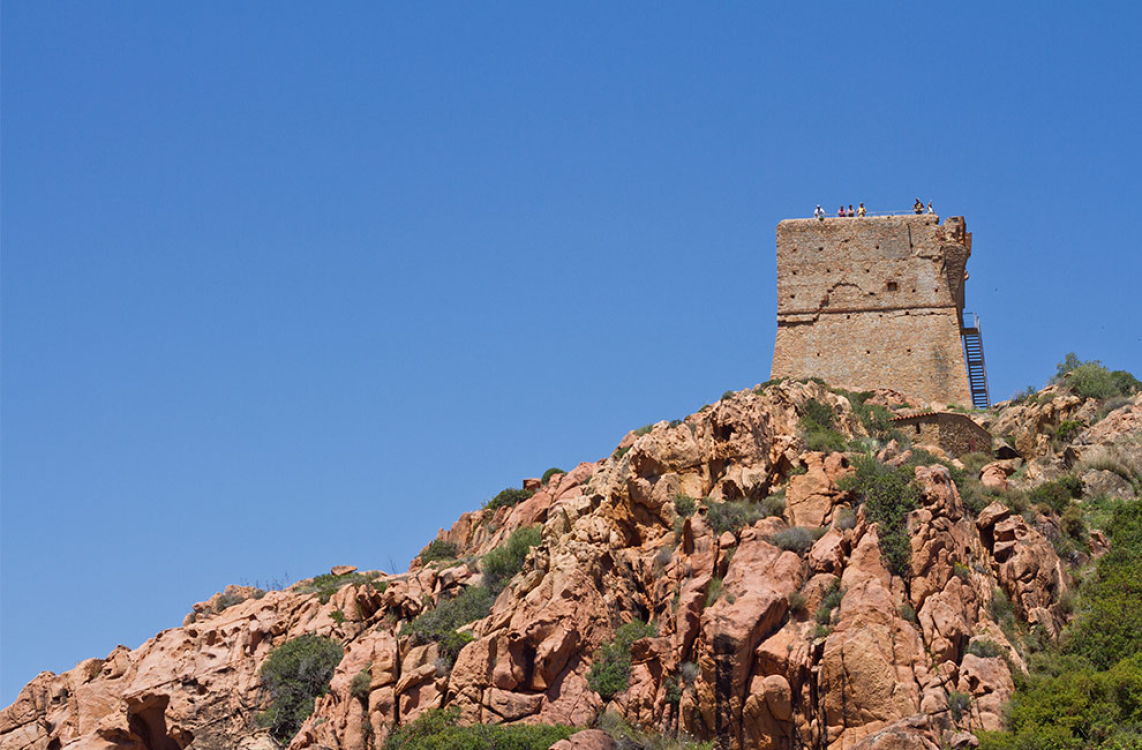 Portu Tower
Portu Tower
The Genoese tower was built in 1552 on a rock overlooking the mouth of the Gulf of Portu . Square in shape, it is one of the few non-circular towers on the Isle of Beauty. In 1617, it was guarded by three soldiers from the Calvi garrison and equipped with a cannon, five arquebuses and two muskets. After 1756, it passed into the hands of the Paolists before being managed by the French military authorities from 1796 onwards. It has been listed as a historic monument since 1946. The Portu Tower offers an exhibition on the medieval Genoese fortifications along the Corsican coast.
- Admission is charged for adults and free for children under 12.
- An ideal site for families, with access via a small, secure path.
Midday: the Turghiu Tower
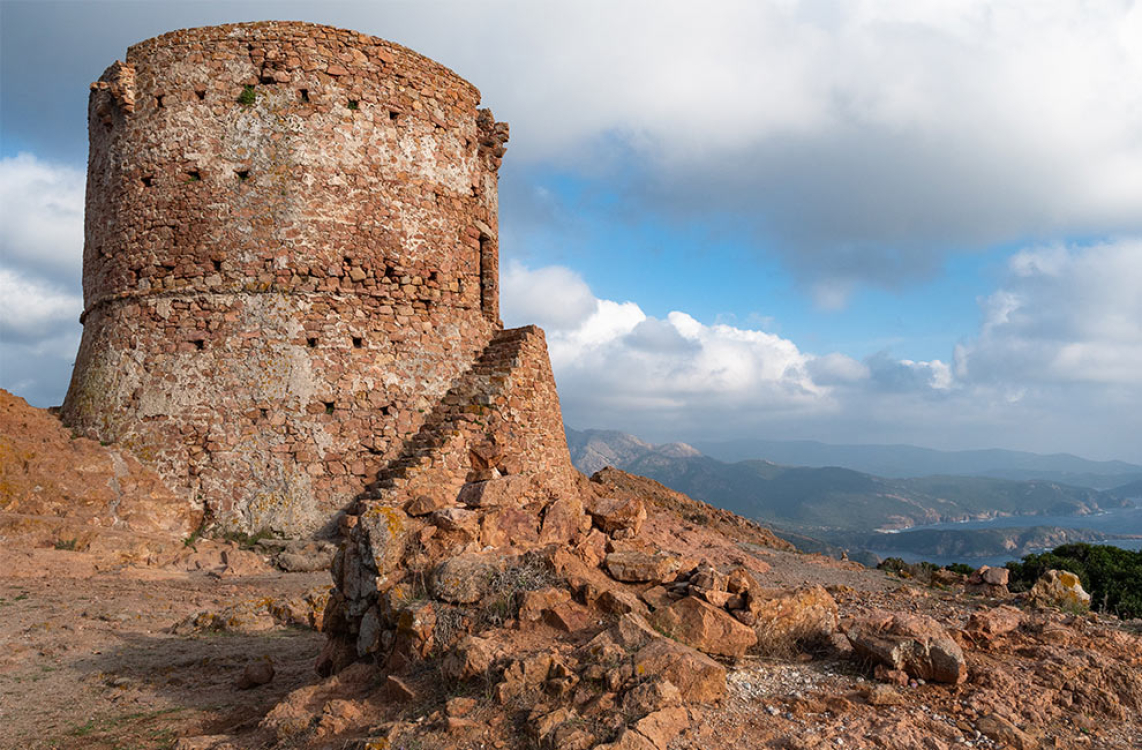 The Turghiu Tower
The Turghiu Tower
The Turgiu Tower , built in 1608, stands 330 metres above sea level at the tip of Capu Rossu. All the materials needed for its construction, including sand, water and lime, had to be transported to this isolated site. An external staircase leads to a first room, then a narrow internal staircase leads to the platform at the top. The tower is accessible via a 3.5 km round-trip marked trail.
- Easy-to-follow yellow markings with children
- 1 hour 30 minutes walk, 300-metre elevation gain
Afternoon: the tower of Sagone
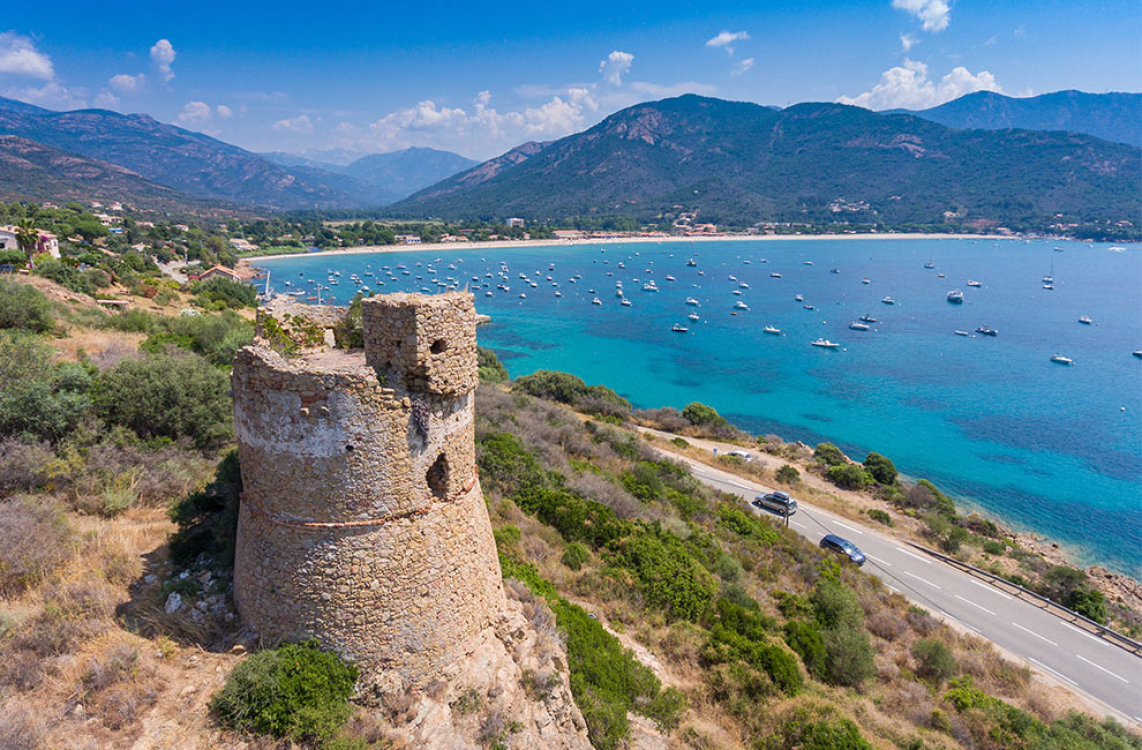 The Tower of Sagone
The Tower of Sagone
The Sagone Tower dates from the late 16th century. It was built at the same time as the towers of Omigna, Orchinu and Carghjese. Dominating the port of Sagone, the building protects the transport of wood from the forest of Aitone. On 21 April 1763, guarded by the Genoese, it was taken by the Corsicans. On 1 May 1811, it witnessed a naval battle between the French and the English: artillery was installed on its upper platform and a battery was built at its base. The tower withstood the English salvoes. Listed as a Historic Monument, it is now in a good state of repair.
- Directly accessible from the D81 by car or on horseback during a day trip (CLG Ranch).
- Illuminated at night by spotlights.legend
The fortifications are a unique example of 16th and 17th century Genoese military architecture. A visit will give you an insight into the defensive system that protected the island, as well as allowing you to discover its wild landscapes. Most of the towers are now managed by the Conservatoire du Littoral or local authorities. They work to preserve Corsican culture and heritage.
Locate
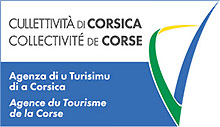

powered by cd-media.fr



